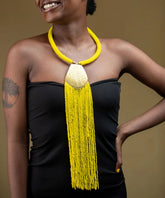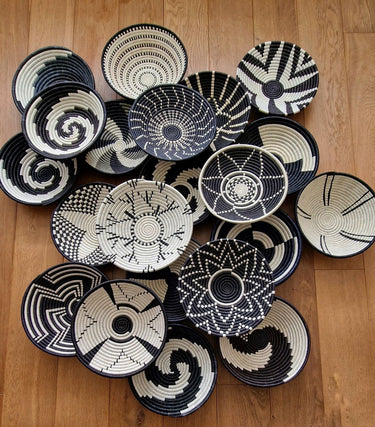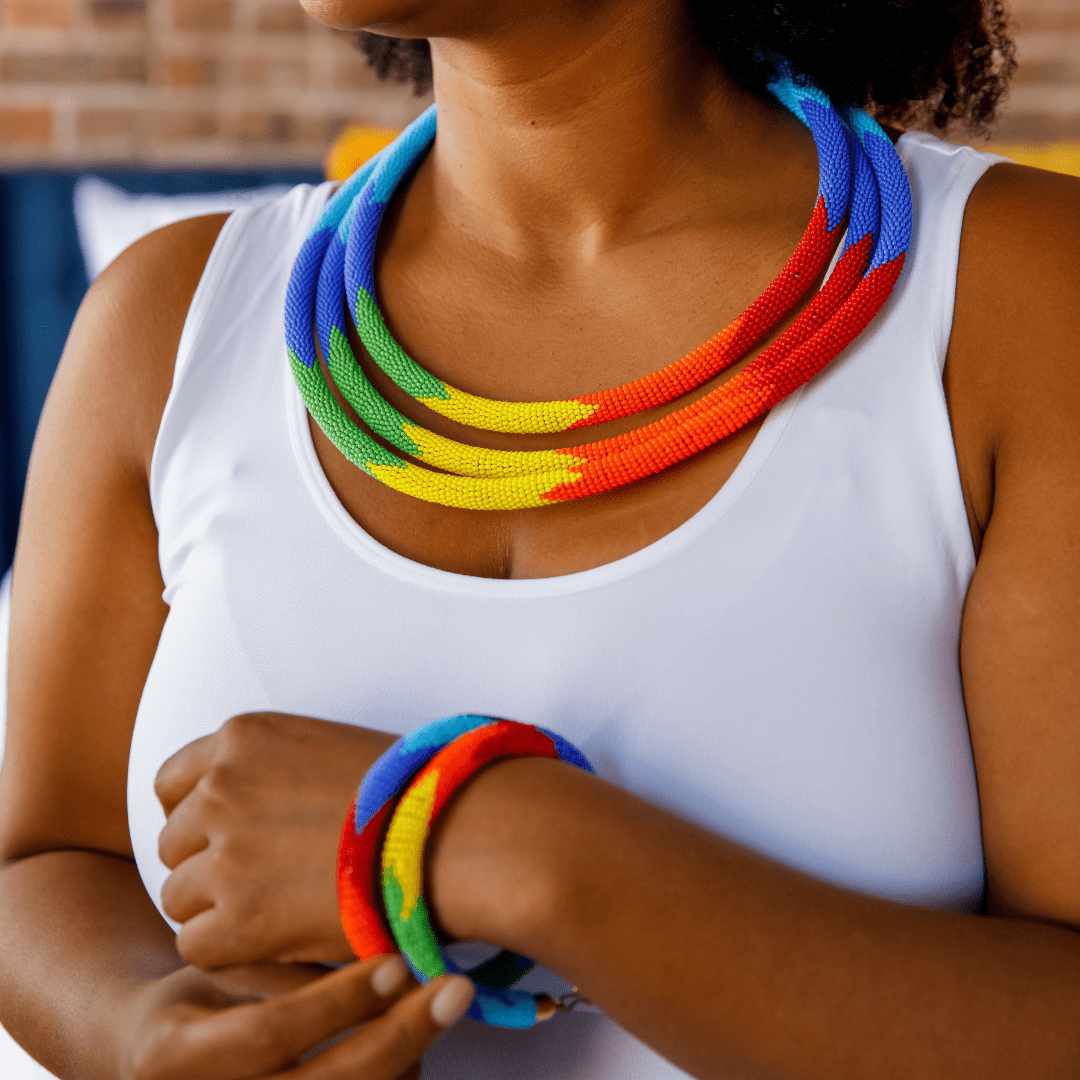The Symbolism Behind Maasai Beadwork: Colors, Patterns & Traditions
Maasai Beadwork Meaning: Decoding Colors, Patterns & Cultural Significance. Discover the hidden meanings in Maasai beadwork. Learn what each color, pattern, and design represents in this ancient East African tradition.
For the Maasai people of Kenya and Tanzania, beadwork is far more than adornment—it’s a visual language. Passed down through generations, each color, pattern, and arrangement tells a story about identity, status, and cultural values.
In this guide, you’ll learn:
✅ The meaning behind Maasai beadwork colors
✅ How patterns indicate age, marital status, and warrior rank
✅ Why these traditions remain vital today
✅ How modern designers honor these symbols
Whether you're a fashion lover, collector, or cultural enthusiast, understanding these symbols adds depth to every piece.
The History of Maasai Beadwork
Maasai beadwork dates back centuries, originally made from natural materials like:
-
Bone
-
Clay
-
Seeds
-
Copper
In the early 20th century, European traders introduced glass beads, expanding the color palette and intricacy of designs. Today, beadwork remains a key cultural identifier and economic lifeline for Maasai women.
The Meaning of Colors in Maasai Beadwork
Each hue carries deep symbolism, often tied to the Maasai’s pastoral lifestyle and environment:
| Color | Meaning |
|---|---|
| 🔴 Red | Bravery, unity, blood (of the cow, a sacred animal) |
| 🔵 Blue | Energy, the sky, God’s blessing |
| 🟢 Green | Health, land, prosperity |
| ⚪ White | Purity, peace, milk (a staple food) |
| 🟡 Yellow | Fertility, growth, the sun |
| ⚫ Black | The people, struggle, resilience |
Fun Fact: Red is the most dominant color because it represents the Maasai themselves—their name, Il-Maasai, means "people of the red cloth."
Patterns & Their Hidden Messages
1. Geometric Shapes
-
▢ Squares & Rectangles = Land, cattle enclosures
-
△ Triangles = Mountains, fertility (when pointing up)
-
◯ Circles = Eternity, the cycle of life
2. Necklace & Jewelry Styles
-
Long, layered bead strands = Worn by unmarried women (signaling availability)
-
Wide, flat collars (Nborro) = Married women’s status symbol
-
Earrings with dangling beads = Worn by young warriors (Morans)
How to Wear Maasai Beadwork Respectfully
-
Educate yourself on the symbols (this guide helps!).
-
Support authentic artisans (avoid mass-produced fakes).
-
Credit the culture when sharing online (e.g., "Maasai-made").
Do you own Maasai beadwork? Share your piece’s story below!




